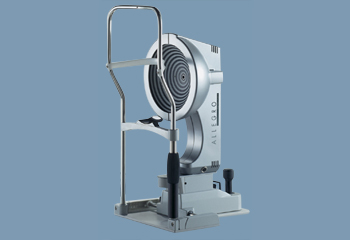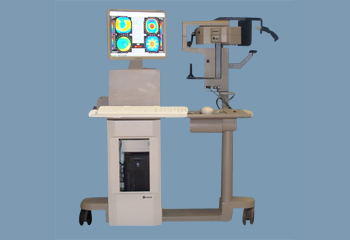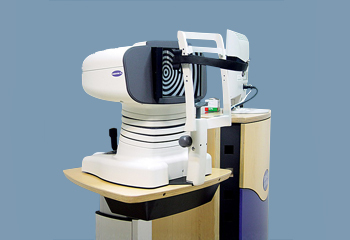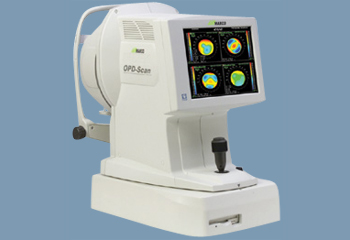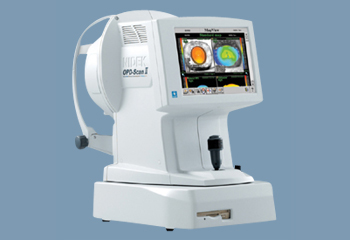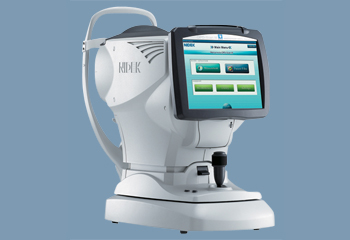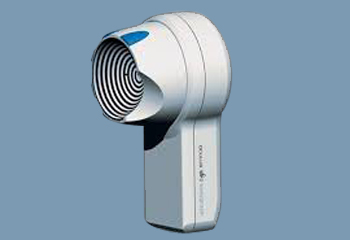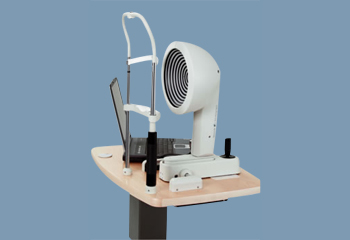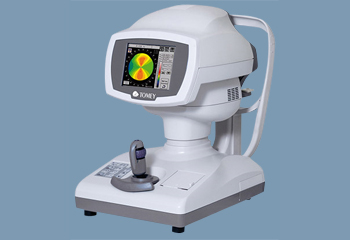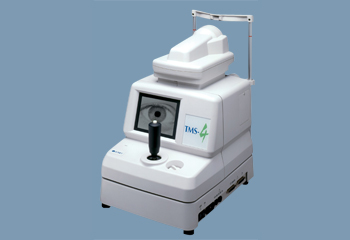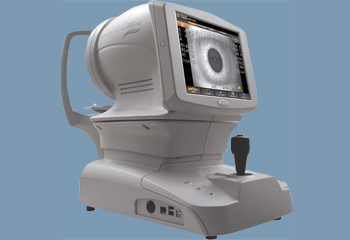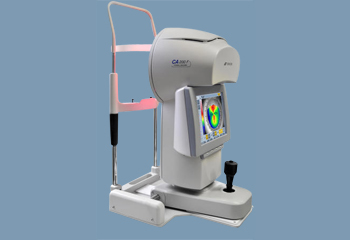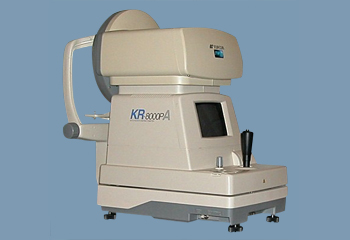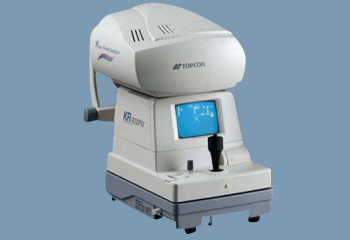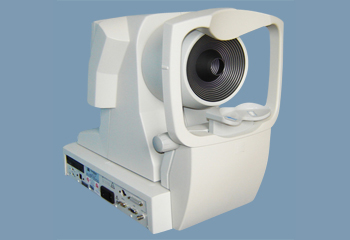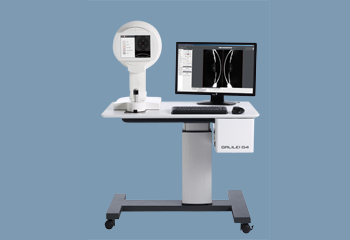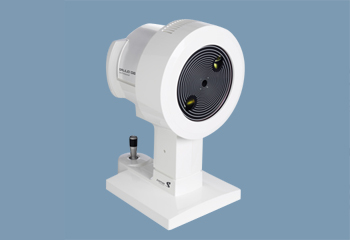Topographers are computer-assisted diagnostic tools that build detailed 3D maps of a cornea’s surface curvature. Corneal topography is critical, as the cornea accounts for nearly 70% of each eye’s sightseeing power. Topographers can help physicians determine if the cornea is curved unevenly or if it is too steep or flat. An evenly rounded cornea is an indication of normal eyesight.
The 3D image produced by topographers is a detailed map of the cornea, including its power and shape. This information is essential in determining how to treat several eye conditions of varying degrees of severity. Corneal topography results can lead to a diagnosis and treatment or it can alert a physician to monitor a potential issue. Some common injuries and diseases spotted through use of Topographers are corneal deformities, abrasions, or diseases and irregular astigmatism. Topographers are also helpful in assessing astigmatisms acquired after successful cataract extractions.
Additionally, corneal topography is used to help physicians prep for procedures as complex as laser eye surgery or as simple as fitting new contact lenses. In many cases, the 3D topographical map will serve as just one piece of a greater puzzle. Its results will be combined with other test results to paint a fuller picture of a patient’s eye.
Topographers typically consist of a computer and a linked lighted bowl that’s comprised of various ring patterns. During a topography exam, a patient presses his or her head against a bar, just in front of the lighted bowl. Several data points are generated from the patient’s eyes, and they’re used to create a printout of the patient’s corneal shape. It’s a pain-free and fast way to get this vital diagnostic information.
See below for a selection of premium trusted Topographers.


